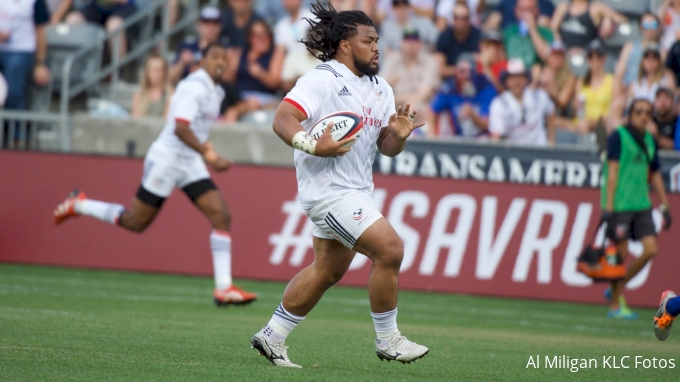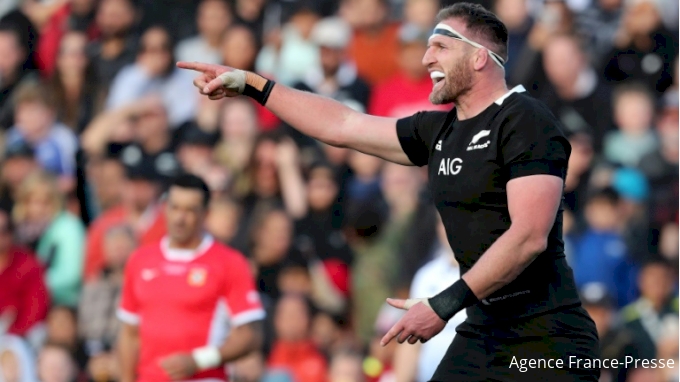What Is a Rugby Forward?
What Is a Rugby Forward?
Rugby players are split up into two groups: the forwards and the backs. Here is a breakdown on the roles of the forwards.

While there are 15 players on a rugby field playing nine different general positions, every single player on the field can be categorized into one of two groups: a forward or a back. The players are numbered #'s 1-15, with #'s 1-8 making up the "forward pack" and #'s 9-15 the "backline".
Here is a breakdown on the forward group:
Forwards
In almost all cases, forwards tend to be your bigger, stronger, and slower lads, who do most of the tackling, rucking, and hitting that goes on in a game. They do what they would consider most of the tough work and hard grafting required on a rugby pitch. Without them, the skinnies in the backline wouldn't be able to do anything.
The forwards are ultimately categorized as the eight players who take part in a scrum. The positions that are involved in the scrum include the props, the hooker, the locks, the flankers, and the No. 8.
This is a look at each forward position, and what he or she does on the rugby field:
Props

Props are always #1 and #3 on the field, and are often two of the heaviest players on the pitch. They line up in the front row of the scrum, on either side of the hooker, and their primary job is to lead the forward pack at scrum time. What they do in the scrum is extremely taxing on the body, and it takes both an extremely strong and extremely tough player to do it. In addition, they often do a lot of lifting during lineouts, as well as plenty of rucking, tackling, and ball carrying in open play.
Hooker

The hooker wears jersey #2, and is wedged in between the two props during scrums. The hooker is the player responsible for back-heeling, or "hooking", the ball back to his or her team at scrum time. They are generally of a stocky, powerful build and look like they could play in the centers if they needed to. Most importantly, however, the hooker is usually the one responsible for throwing the ball in during lineouts. This is a key role in the game, and completing your throws can make or break your team over the course of the game.
Locks

Wearing #'s 4 and 5, the locks are almost always the tallest players on the field. In the scrum, they line up in the second row and wedge their heads in between the hips of the hooker and the props. They assist the props in driving during the scrum, and must keep a long, low body position for the best leverage. Their most important asset, usually, is being both a huge target in the lineout in attack, and a disrupter in defense. They typically carry the ball a lot and make tons of tackles around the field.
Flankers

The two flankers suit up in #'s 6 & 7, and they line up in the scrum on the far outsides, behind the locks. They range in size, but are generally taller and leaner than the props, but shorter and more muscular than the locks. Along with keeping the scrum stable, flankers are the big hunters on defense from the scrum. They are the first ones to detach from the scrum and are responsible for being the first guy there to make tackles on defense. At the lineout, they are sometimes used as receiving options, as well as blitzers on defense. They almost always lead the team in tackles, and typically offer support in open play as athletic ball carriers.
No. 8

As their name would suggest, No. 8's wear the # 8. They are usually some of the biggest players on the field; often a tad bit shorter than the locks but as muscular as the flankers. No. 8's position themselves at the very back of the scrum, and are responsible for guiding the forward pack and taking control when the ball reaches the back of the scrum. Typically, the No. 8 is one of the most skilled players in the forwards and leads the team as a lineout receiver, a ball carrier, a distributor, a rucker, and a big tackler. They must be multi-talented and have a cool head to do what they do.